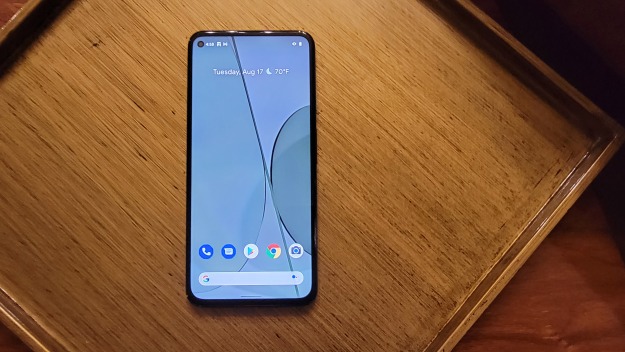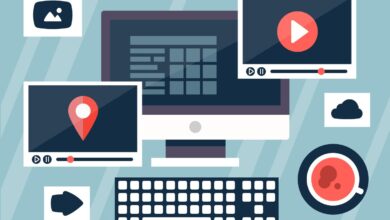Four Things To Know About Virtual Mobile Device Testing

The exponential growth in mobile device usage has prompted major industries to build mobile application to proliferate their business. Mobile apps are valuable tools to help companies engage customers and amplify their product reach. Most organizations are adopting a mobile-first approach and incorporating appropriate apps in their digital tools package. It helps them to improve their outreach and boost customer retention and conversion rates. But, before rolling out an app in the marketplace, the stakeholders must strategically test it to ensure that it will deliver a bug-free, consistent experience. They should adopt the principles of testing an app early and often within mobile environments for context and compatibility.
But, the availability of a plethora of devices that consists of varying OS, screen sizes, capabilities, and more, makes it challenging to roll out the needed test suites. To obtain the desired product quality, the test engineers must conduct the tests on several devices adequately under a given timeframe and cost constraints. Although testing an app on real devices is imperative, it is impossible to run app tests on all the target real devices because of its enormous costs. Appropriately leveraging virtual mobile device testing can enable the QA team to test various features and elements of the app. A virtual device is not a real phone; it delivers the same functionality as the actual phone (barring a few functionalities). Virtual devices include emulators and simulators. Here are a few essential things you should know about testing an app on virtual devices.
What Are Virtual Devices?
A virtual device is a “program” that stimulates the behavior of real devices. It can imitate the real software and hardware of a mobile device. These are not actual devices but software replications of real devices. Virtual devices enable the test engineers to simulate the required testing environment of a particular model or mobile company to test the features and functionalities of the concerned application under test. Virtual devices are of two types, namely, emulators and simulators. While the terms ‘simulators’ and ’emulators’ are used interchangeably, they offer differing capabilities.
Emulators
Emulators are software that can mirror the software and hardware configurations of a given device. They translate the particular mobile device ISA (Instruction Set Architecture) to suit your computer’s ISA, hence simplifying the binary translation for your machine. ISA are instructions written using Machine Language (ML). Each processor type has its unique instruction set that enables devices to build their configuration. These configurations help in mimicking the mobile device’s functionality and behavior. The translation of mobile devices ISA into your computer can help you establish a reliable virtual environment to conduct app tests. But the development of near-native functionalities for mobile devices can create latency. It is due to the complexity of the features that the virtual devices need to render.
The emulator can provide virtual device instances with near-native capabilities and extended controls for adjusting the device’s geolocation, battery state, physical sensors, and more. Emulators can duplicate the hardware or operating system of the device. Some common Emulator examples are Android Virtual Device (by Android Developer Studio), Quick Emulator (QEMU), and Hypervisors. You can use emulators for both Android and iOS devices. Emulators give better results than Simulators because they help in testing specific scenarios/features and mimic multiple devices.
Simulators
Simulators are virtual iOS devices. They help in mimicking the behavior of the iPhone. A simulator is a partial replica of the original software that can only imitate a device’s basic behavior but not its OS and hardware. Some Simulators cannot test certain functionalities such as cellular interrupts, battery usage, and more. Simulators enable you to run programs that were not intended for your computer’s operating system. The iOS simulator sits on top of your OS. From this position, the simulator can mimic iOS and run your app within it. You can view the process in an iPhone or iPad-like window. Using a keyboard or touchpad, you can carry out interaction with the device. It is impossible to use the iOS simulator on platforms besides macOS since it requires Apple’s native Cocoa API to handle runtime, GUI, and more.
Since simulators do not involve machine-language translation, they are much faster than the Android emulator. These are written in high-level languages. The objective of simulators is to simulate an object’s internal state as closely as possible to an object’s internal state. It is preferable when testers need to test a mobile’s internal behavior such as firmware, internal hardware, and more. Simulators only partially re-implement an original software.
When To Test on Virtual Devices?
Testing on virtual devices is suitable for specific situations where the deadline for testing is short, and it is not possible to purchase the required mobile devices. Because of its ease of availability, it can help test engineers maximize test coverage. Virtual devices are suitable for testing early in the cycle. These are ideal for unit testing.
To Conclude:
These are a few essential things you should know about testing on virtual devices. Incorporating it suitably into your testing infrastructure can help you maximize the testing speed and efficiency and achieve better results.



